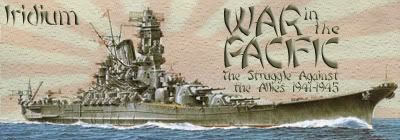Great link Irridum, thanks! I found this part intriguging
The British were hobbled by the RAF that allocated few resources to the FAA, so the carriers had few and obsolete fighters. They had to build their carriers to take damage.
That would seem to be something that could be established empirically, i.e., by looking at evidence of decisions made due to economic constraint, lack of resources and the like. Maybe this synthetic statement by the authors, does in fact represent a kind of synthesis of evidence.
But from my naive perspective as a non-military-history social scientist, I cannot help but wonder about the role of tradition. Certainly the RN had a magnificent tradition as one of the top, if not _the_ top navy in the world.
Capital ships with minimal guns, and a big flat top to land planes were, in the 1920s and 1930s, just not very "traditional," and so I cannot help but speculate that this would've weighed into the struggles between RN & RAAF over resources for aircraft, etc. I can just picture some incredulous RAAF advocate debating with this RN colleague, "What do you mean you want two million pounds to build a big floating airport!? You navy chaps just use big cannons don't you!?"
Having less of a longstanding (rigid?) naval tradition, and being (if you believe de Toqueville) a generally more innovative culture, maybe the U.S. was more open to the revolution for less materialistic (money and resources) or strategic/ecological (geography) reasons but rather for more cultural reasons?










